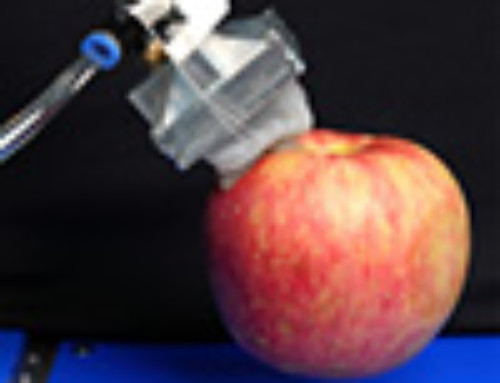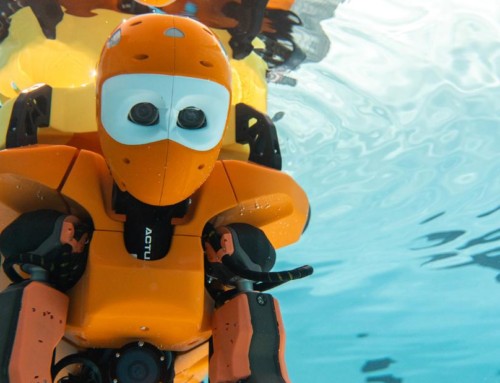[ad_1]
Ford is working on a way to resolve what self-driving researchers refer to as “the last 15m problem”. If an autonomous delivery vehicle arrives at your house, without humans aboard, who’s going to carry the packages, grocery bags or piping-hot pizza to your doorstep? A robot, of course, could be up to the task – with no tipping necessary.
In Ford’s case, the solution is Digit, an android with two stork-like legs, arms capable of carrying an 18kg load and a camera-encrusted torso topped by a puck-shaped laser-radar sensor. It could be the headless cousin of a battle droid from the much maligned Star Wars prequels.
The business case for driverless delivery is even more compelling than robotaxis-and potentially easier to execute. For one thing, there’s no need to worry about the safety of human passengers. And the rise of online shopping has turned package delivery into a huge growth area. Just ask Amazon, which spent $27billion on delivery costs last year.
Remove the human driver from the equation, and delivery costs could plunge by 60%. It’s worth billions.
Ford would like to deploy Digit delivery robots as early as 2021, alongside the planned introduction of its autonomous vehicle (AV) fleets to ferry people and packages around the clock. “We’re going to have an AV fleet out there, and my goal is to get robots to be able to be there and ready at the same time,” said Craig Stephens, director of controls and automation in Ford’s research and advanced engineering.
How real humans will react to this delivery android is a key part of Ford’s research, which is just getting under way and will include real-world tests inside Ford factories, and on the sidewalks of Dearborn, Michigan, and Pittsburgh. “Digit looks actually pretty friendly to me,” Stephens said. The “inoffensive” appearance is “going to be a key thing for people to be able to trust a robot.”
Digit was created by Agility Robotics, a start-up with fewer than 30 people based in Albany, Oregon. Chief technology officer Jonathan Hurst said he hasn’t seen anyone react negatively when meeting Digit or a forbearer that lacked a torso and was simply a pair of piston-like legs attached to a motorised midsection. The robots have been allowed out on the town.
“I have a lot of people ask us, ‘Could this be perceived as creepy’?” Hurst said. “There is a small subset of people who stay far back,” he said, “and whip out their smartphone and starting taking video”.
While the design is likely to evolve, Hurst doesn’t see a need to give Ford’s delivery robot a head. In fact, he wonders if that might freak people out more. “If it looks very close to an animal or a human but is not quite there, then immediately people are revolted by it,” Hurst said.”
Ford is worried that wheeled robot couriers would be blocked by front-porch steps found outside most homes in America. Digit, by comparison, can climb steps and raise its arms to catch itself in a fall. Its tiny feet, soled in corrugated rubber, can traverse concrete, grass, wood, and gravel.
Another advantage is Digit’s lightweight design. Rather than outfit it with a full array of sensors and processors, which would push its bulk past 45kg, Digit gets most of its computing power from Ford’s self-driving vehicle. The same sensors that allow an autonomous car to navigate will be used to scan the path to the door and beam the route to the robot.
Bloomberg and The Washington Post
[ad_2]
Source link





Leave A Comment
You must be logged in to post a comment.